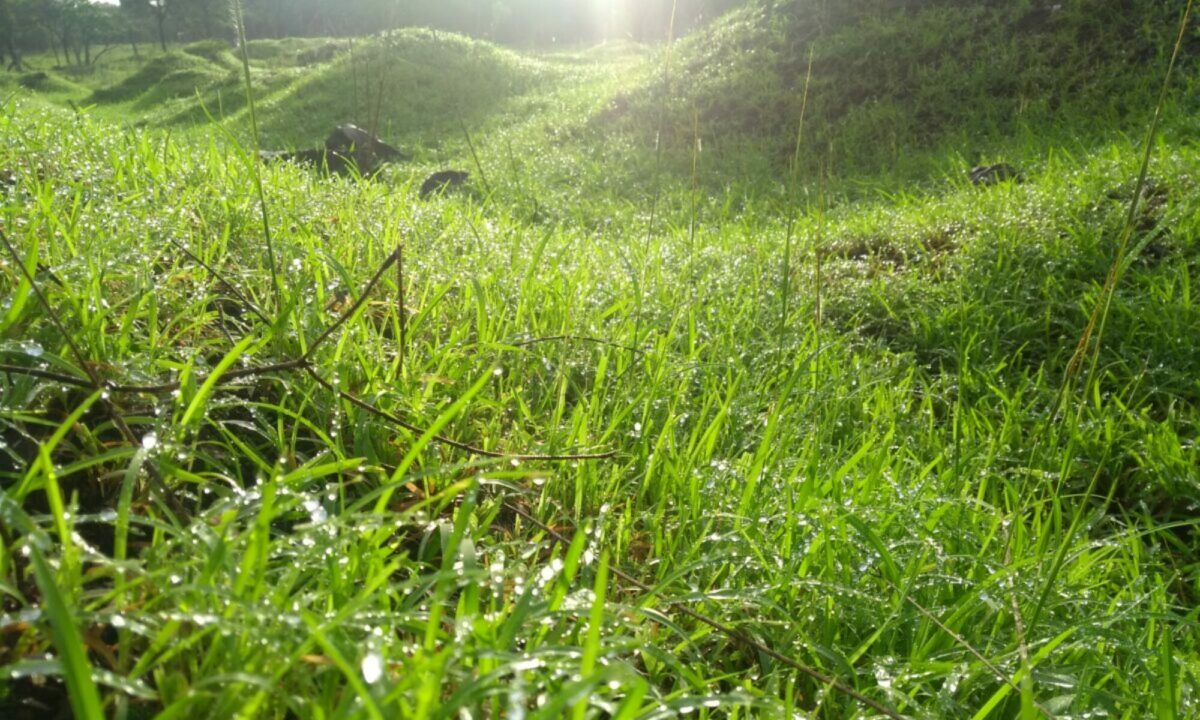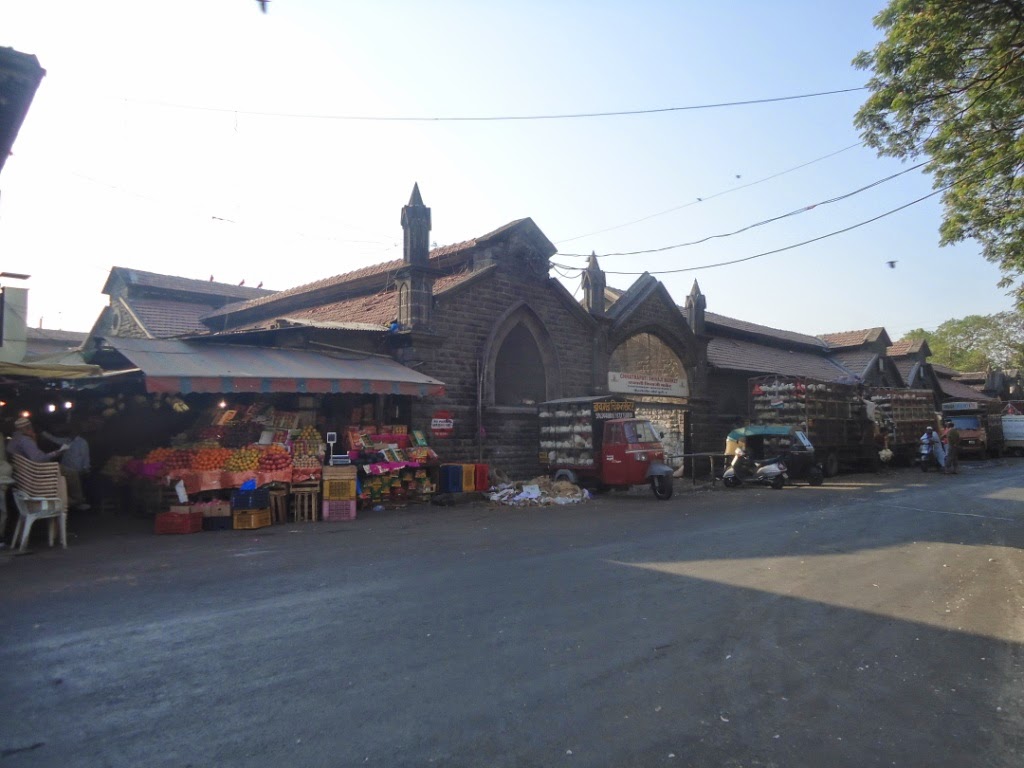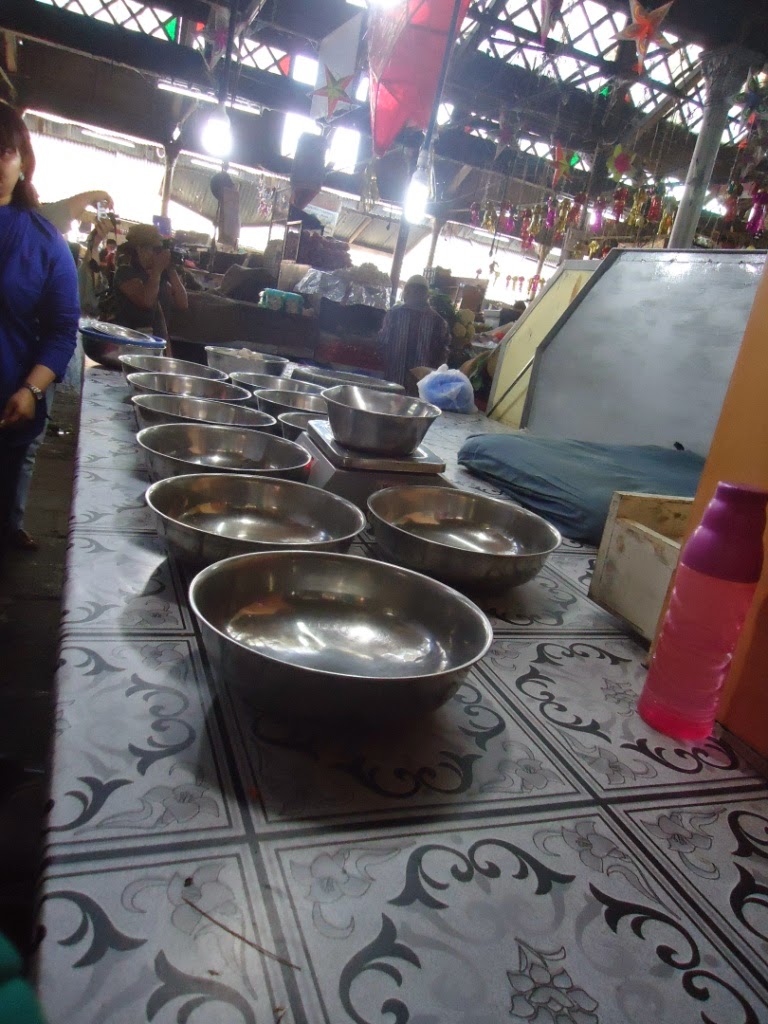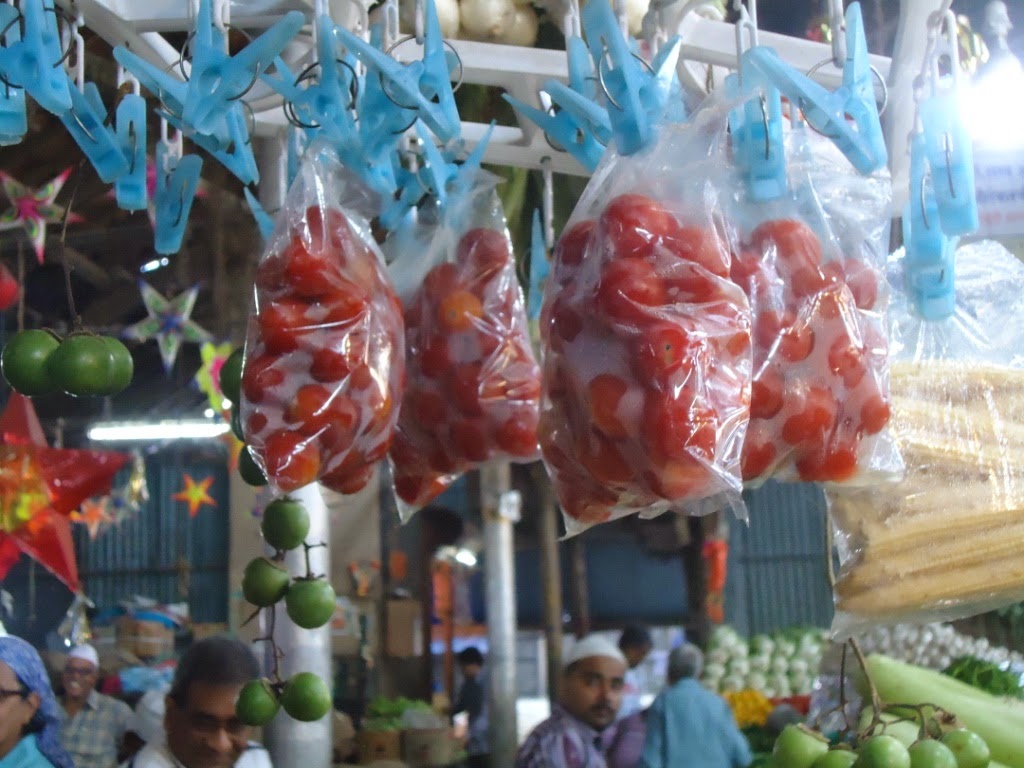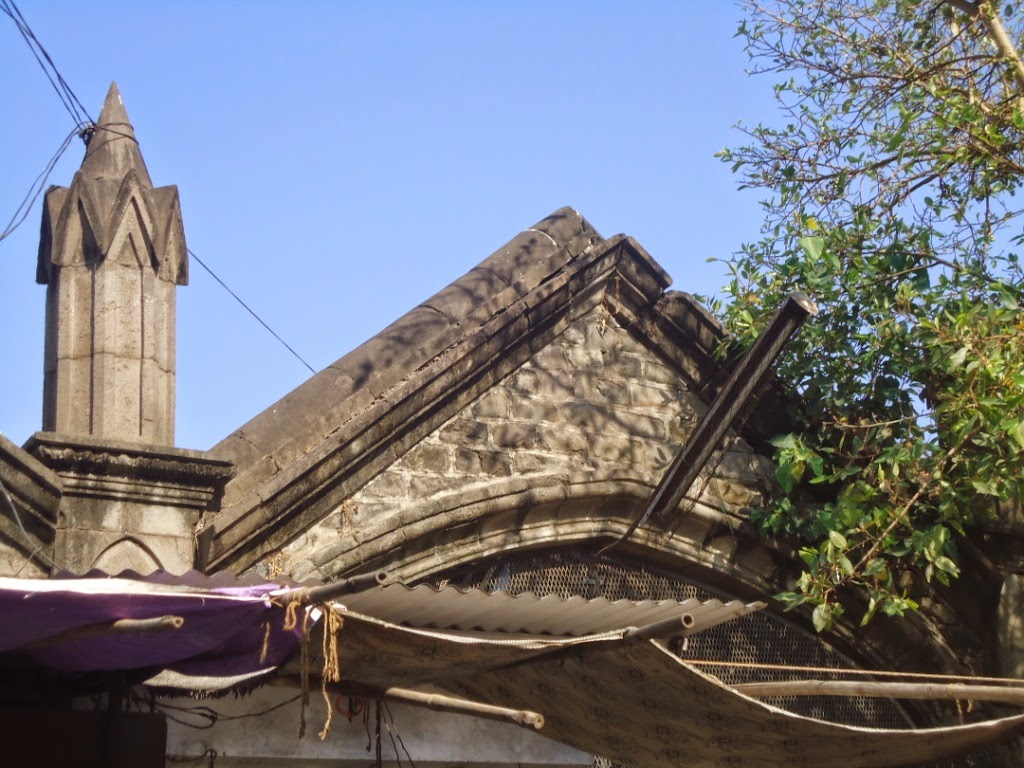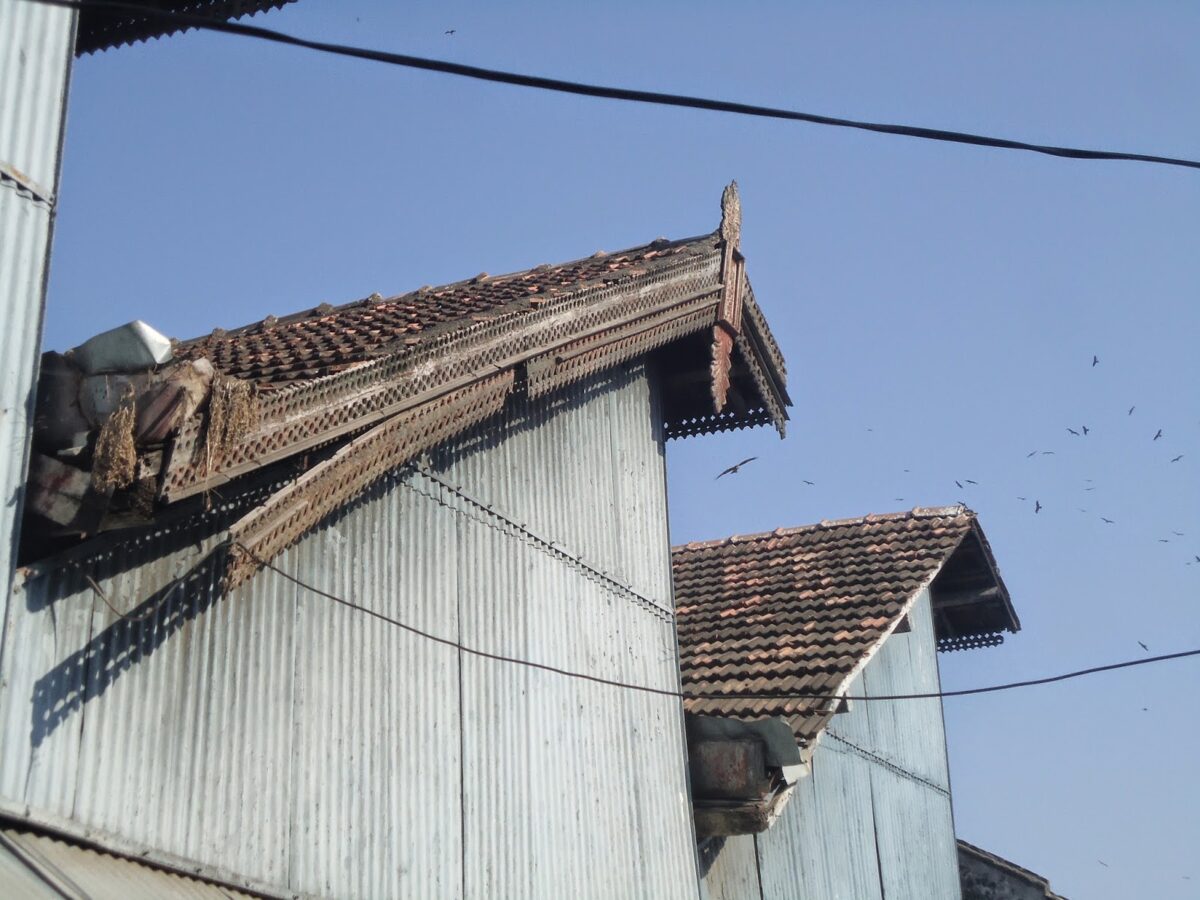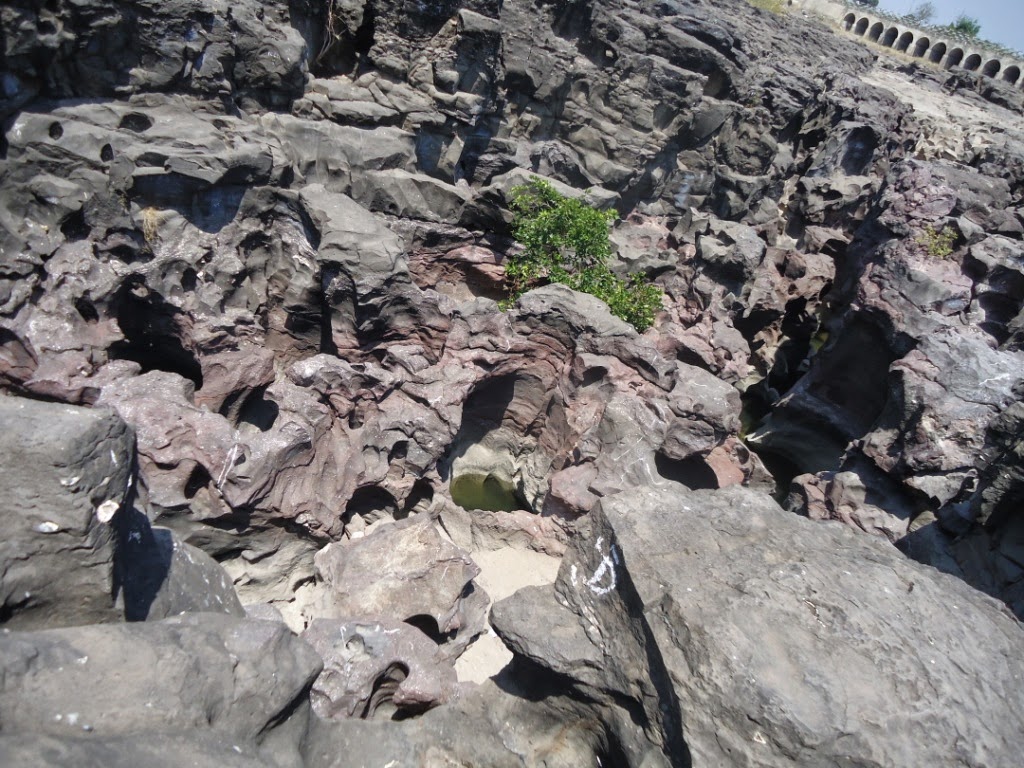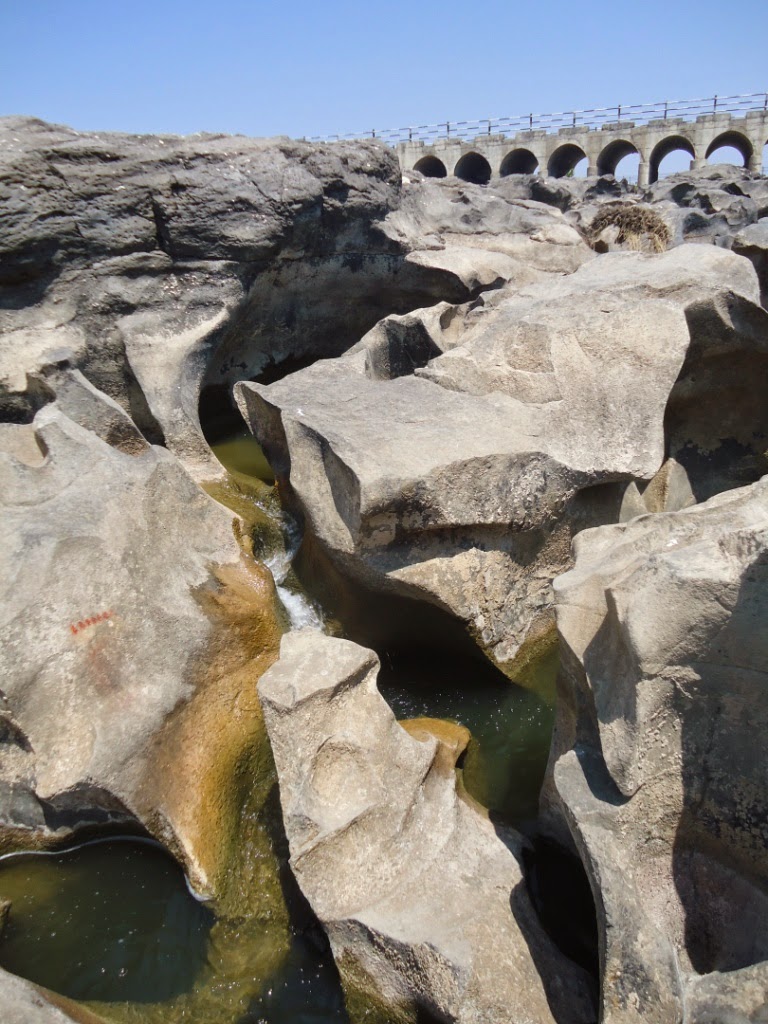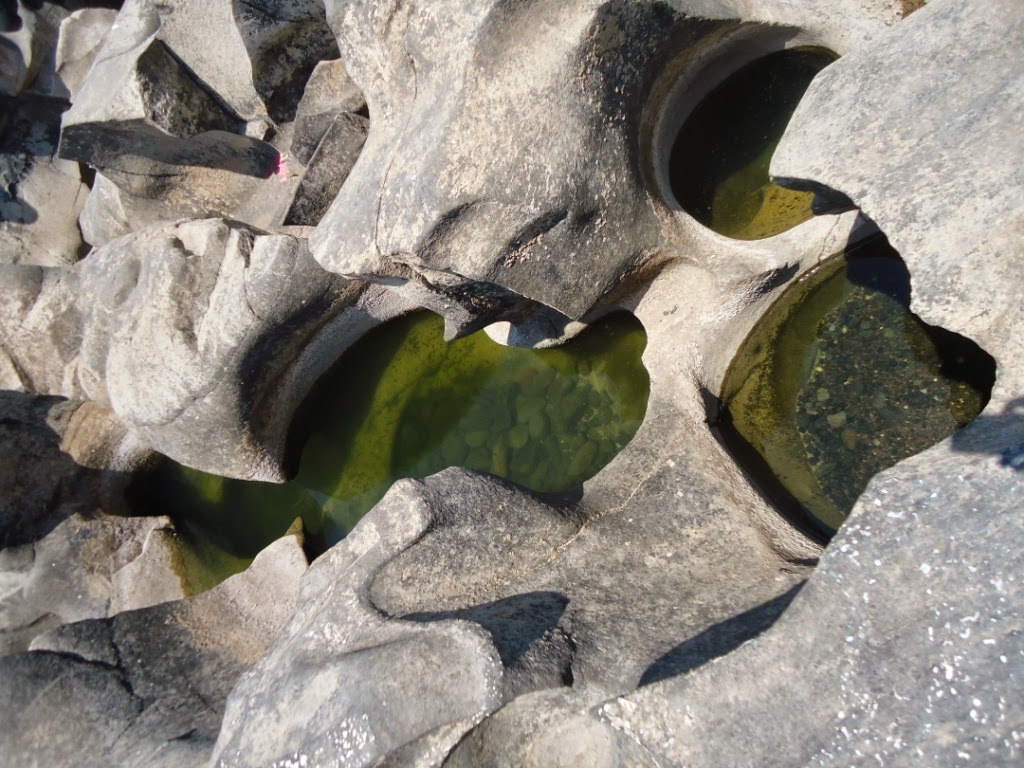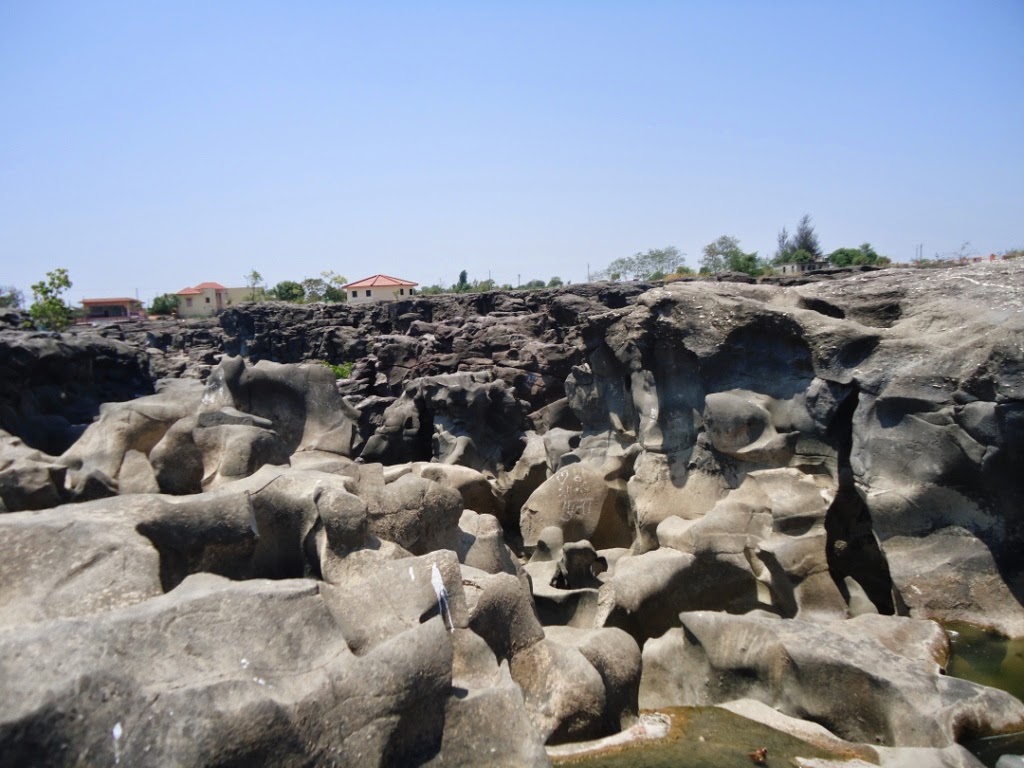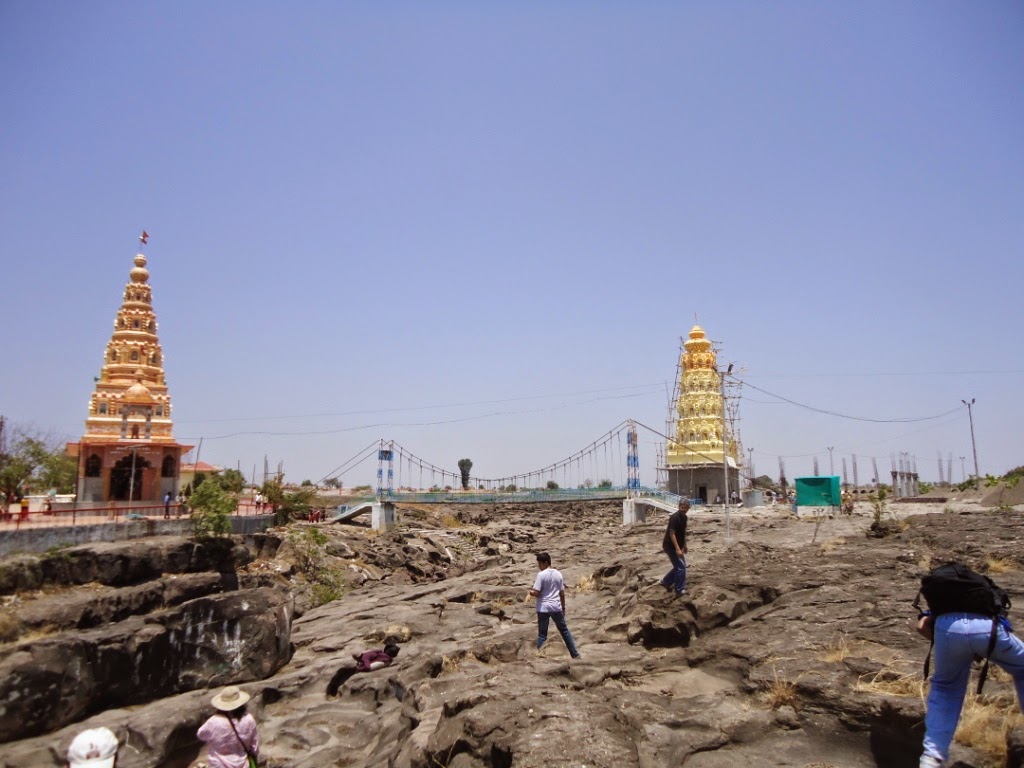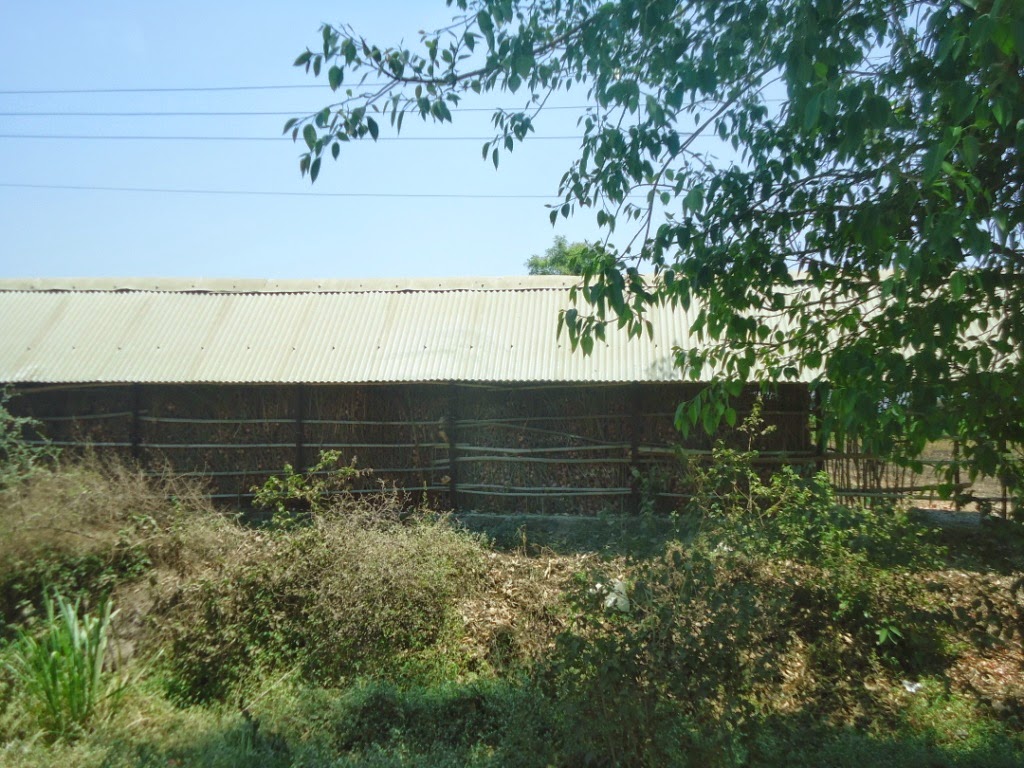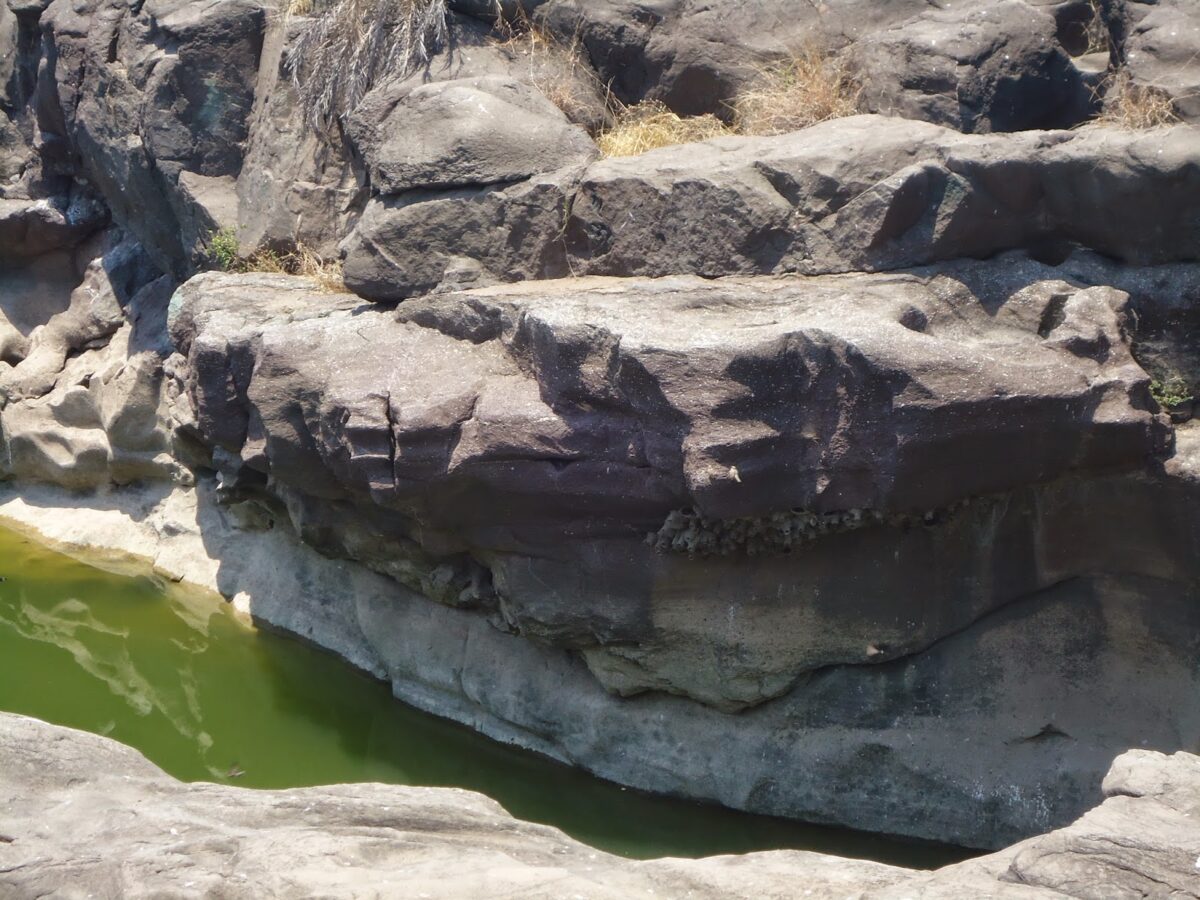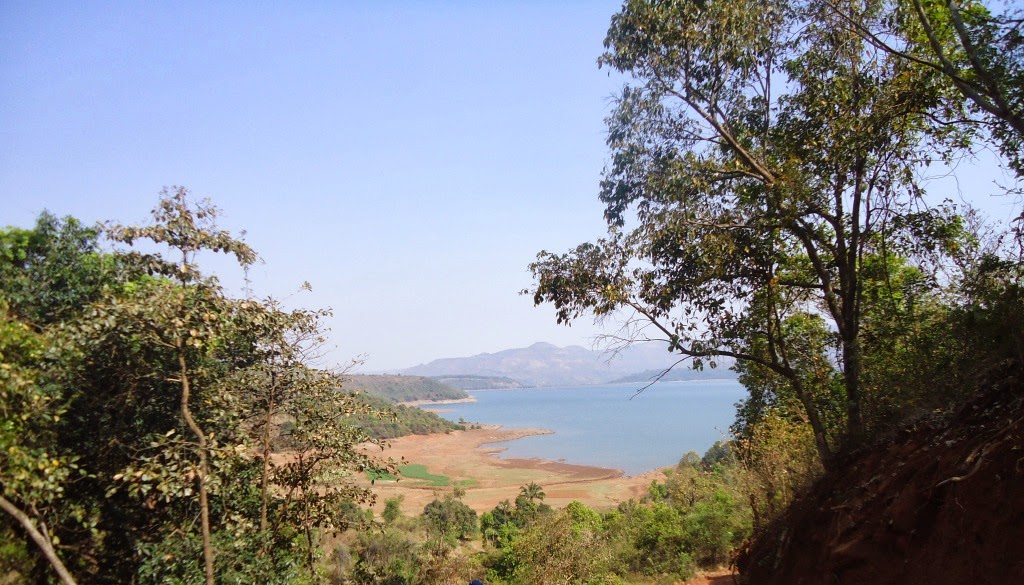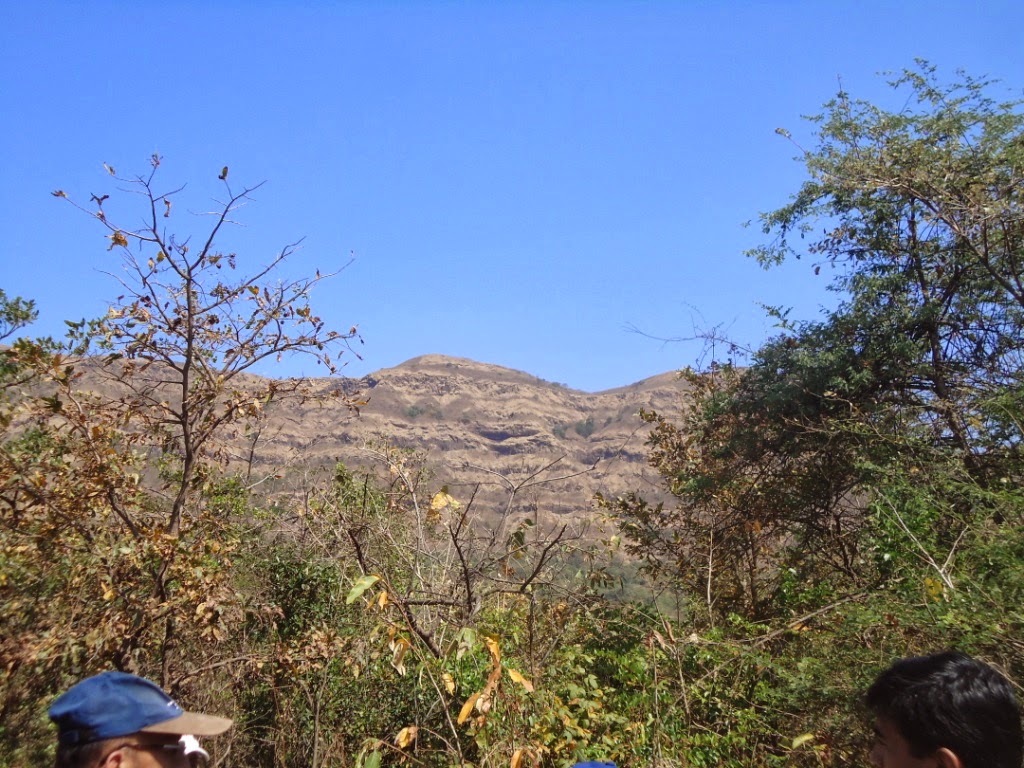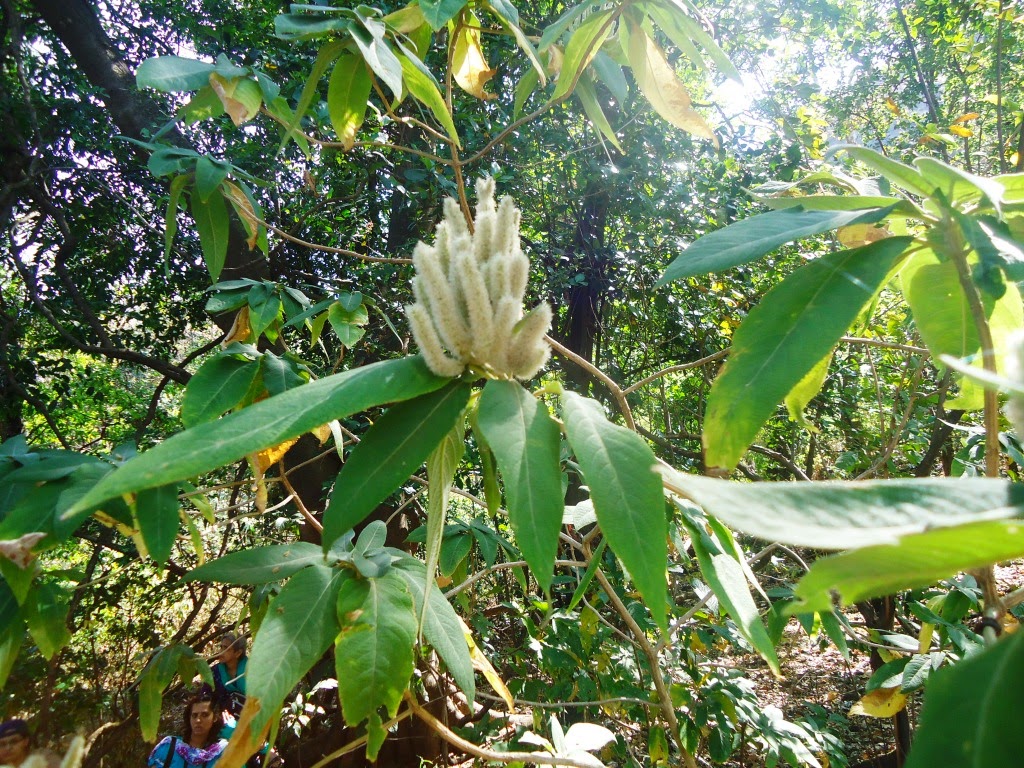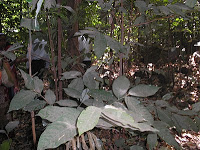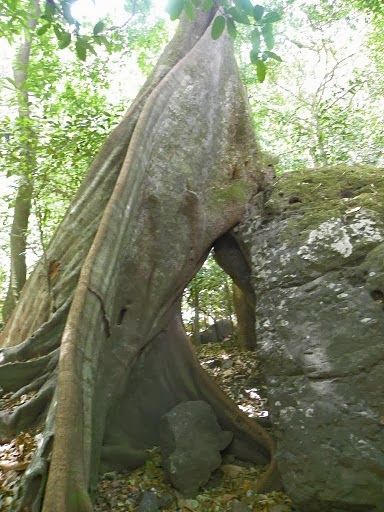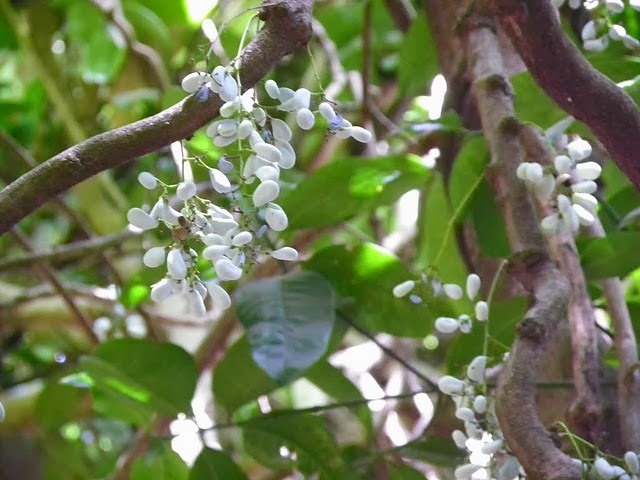But what?
That’s the question I asked myself before our recent visit to Goa. The typical touristy sites (tour of North Goa and South Goa) had already been ‘ticked off’ in our earlier visits and another visit did not seem warranted (except the Shri Shanta Durga Temple). Hence we put our brains together with those of Google Baba and found that Goa had so much more to offer than the above mentioned ‘attractions’.
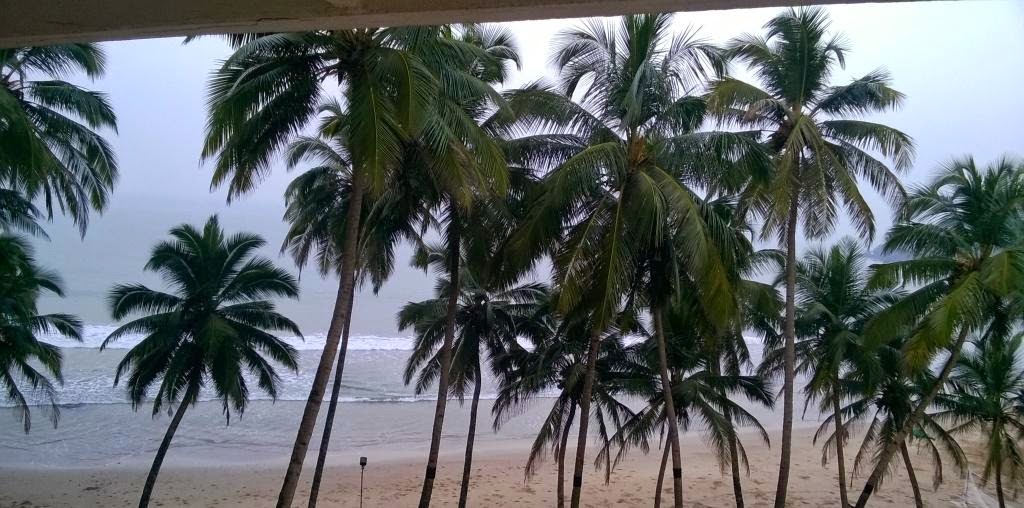 |
| Unbeatable Beaches |
While I would not like to suggest an itinerary, I will share some spots in Goa* that we found most interesting. I had always been struck by the brilliant yellow, blue, brick red coloured homes and buildings in Panjim so architecture seemed to be a good starting point. That is what took us to ‘Houses of Goa‘ an interesting museum by Arch Gerard da Cunha. Built to resemble a ship, it is set amid lush greenery and has an eclectic collection of Goan homes through the ages. The display over three floors is even more interesting and showcases western influences on homes. There are old photographs, models, beautiful artifacts and heirlooms, computer displays that give an in-depth perspective of the ‘how and why’ of traditional houses. Sketches by Mario are an added attraction. Admire the old tiles, notice the intricate grills and railings and climb up a quaint winding stairway for a lovely view from the gallery at the top. Learn the difference between an Entrada, Veranda and Balcao and what makes Hindu and Catholic Goan houses so special! The museum is located at Torda, Salvador do Mundo in Bardez and give yourself at least an hour to explore it. Entry fee was Rs 25 on Sundays and Rs 100 on weekdays. They do have a small cafe and the staff is more than happy to help. If architecture is your cup of tea, put this museum on top of your list.
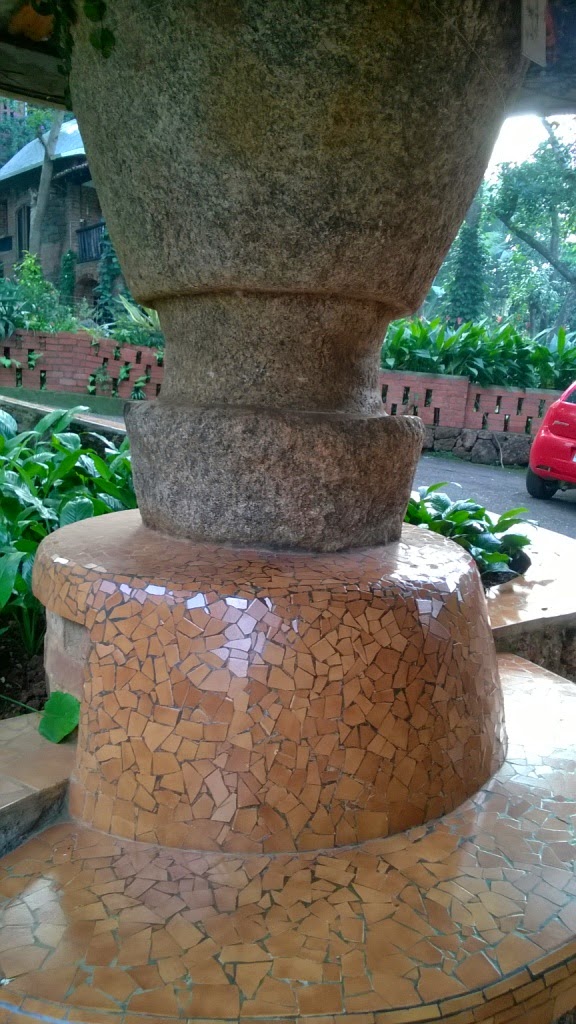 |
| A pillar made of grinding stones |
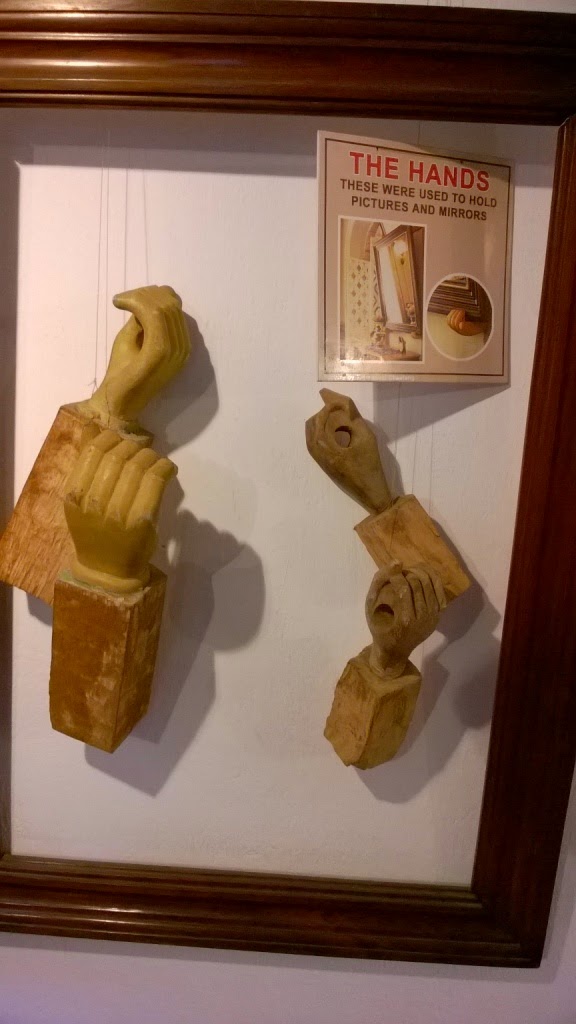 |
| Interesting displays |
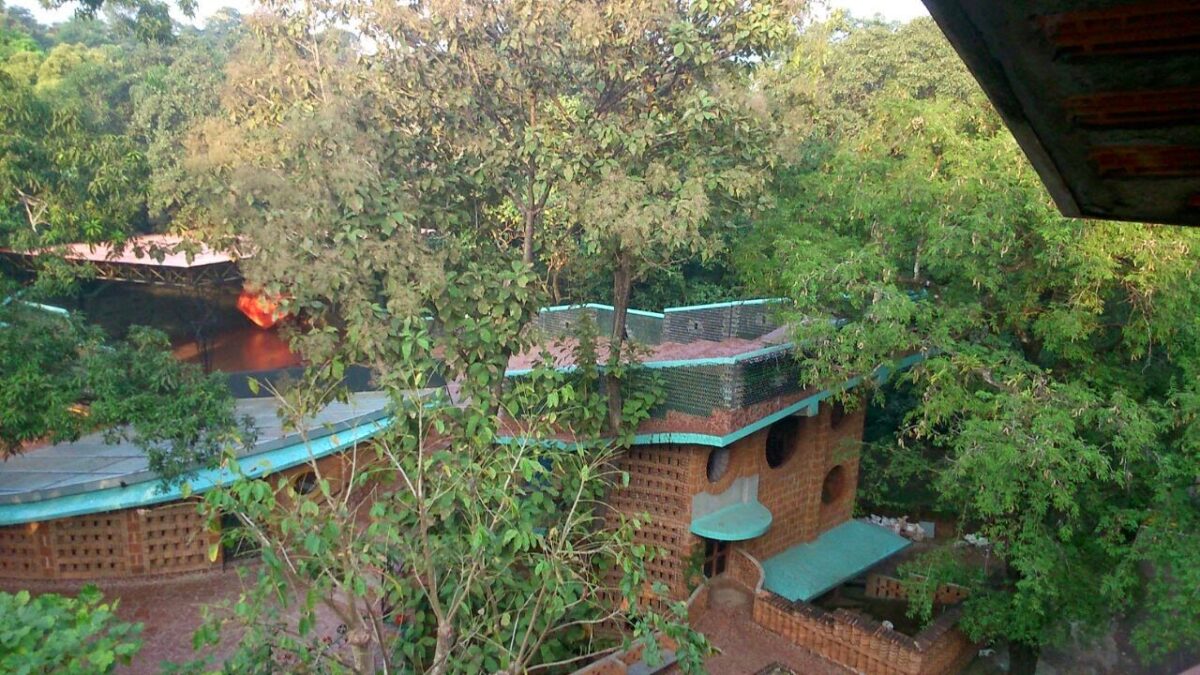 |
| View from the top floor |
Not the museum kind?
Then simply drive around the interior roads along the Mandovi or Zuari River. The almost pot-hole free-roads meander amid hills, paddy fields, ponds, as a tiny village appears suddenly, well camouflaged in the surrounding foliage. It disappears even before you can whip out your camera unless you are able to coax your driver to stop. Walk around the local market or village fair, chat with the local vendors and pick up some fresh Tirphal. Tirphal is a typical spice used in Konkani cuisine. The best option is to simply sit under a tree and watch the world go by. Time seems to stand still and the tranquility in the surroundings imperceptibility infects you. Suddenly you may ask yourself ‘What For this rat race?’
Nature lovers will enjoy the Dr Salim Ali Bird Sanctuary which is open all year round. Visit a workshop of the Azulejos artists who make the typical blue painted ceramic tiles. Their creativity and intricate work has to be seen to be believed.
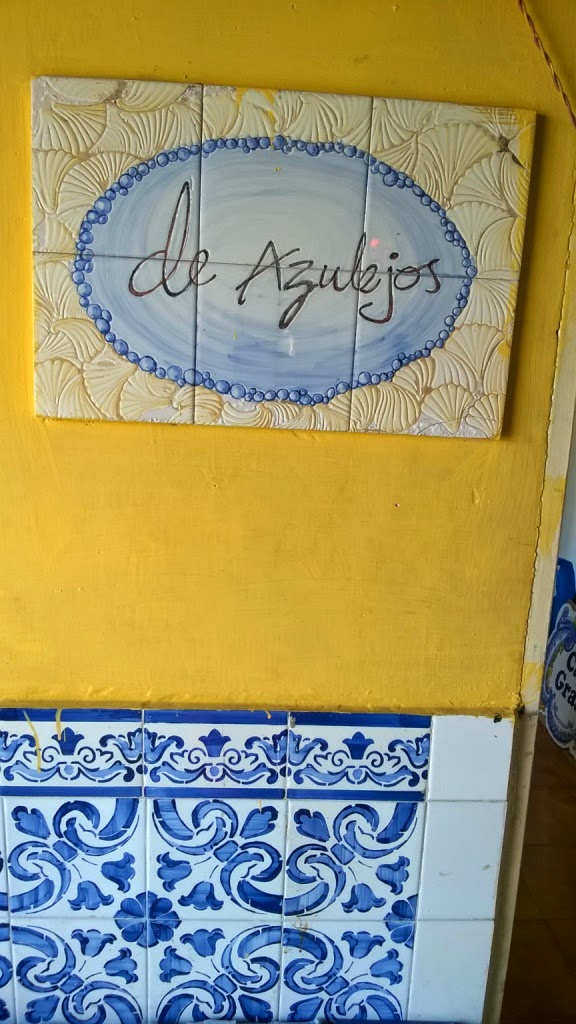 |
| Azulejos |
Take an amazing ride on the river ferry. Look out for the mangroves and keep your binoculars handy to spot birds along the marshland. One simply drives a vehicle right on to the boat which takes you across the river. We paid Rs 10 for our car on the Chorao-Ribander ferry and it was free for two wheelers and people. How cool is that…
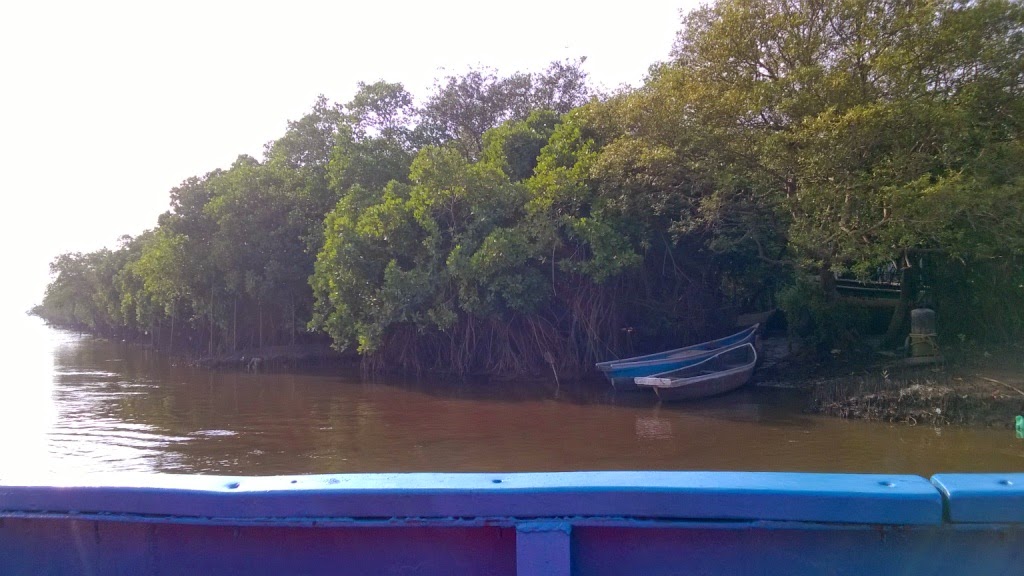 |
| Mangroves |
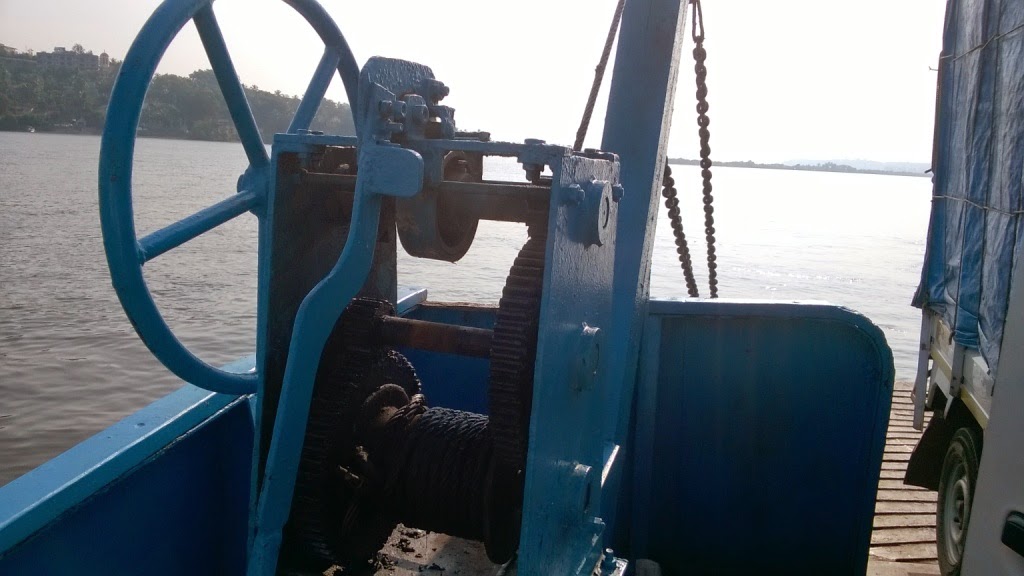 |
| Vehicles drive up the ramp onto the boat which then sails across the river |
If you have time on hand, then drive up to the Tiracol fort situated at the northern tip of Goa. Love cashews? Then a visit a cashew factory should be on the cards. This is not always possible as officials are not keen to entertain tourists. But we got lucky and you, dear readers, will get an e-view of some nutty processing.
But I shall leave that for another post. 😉
Go! Get away from the screen. Goa is waiting for you!
🙂
*These spots are in North Goa.
